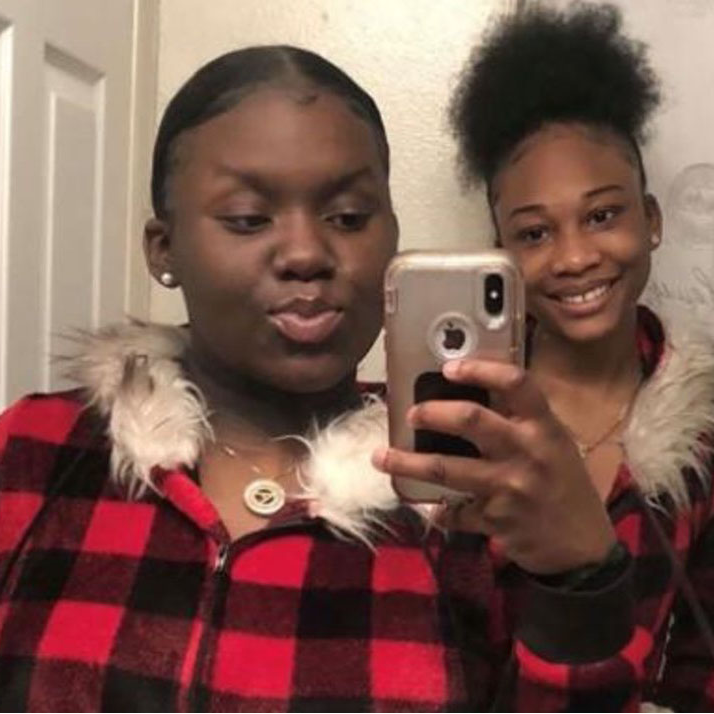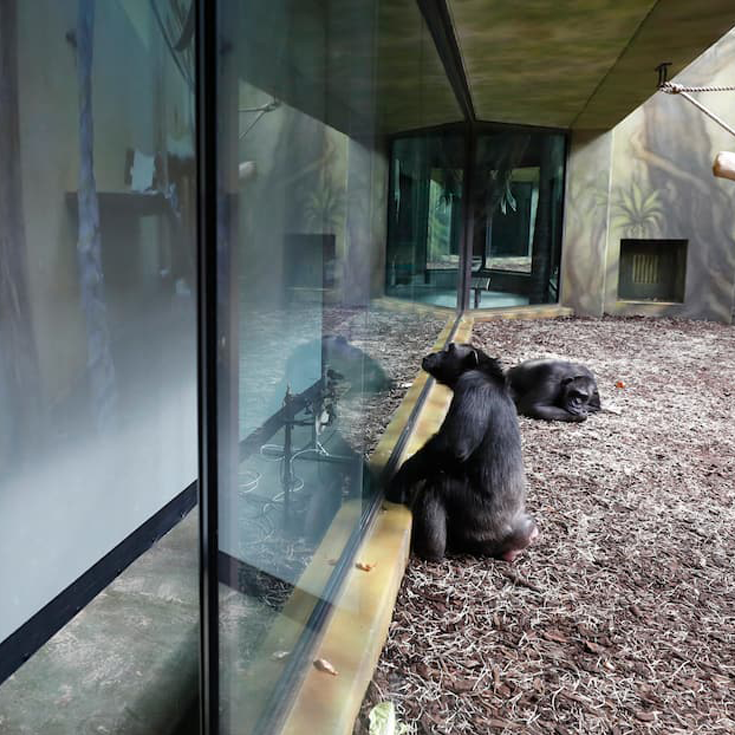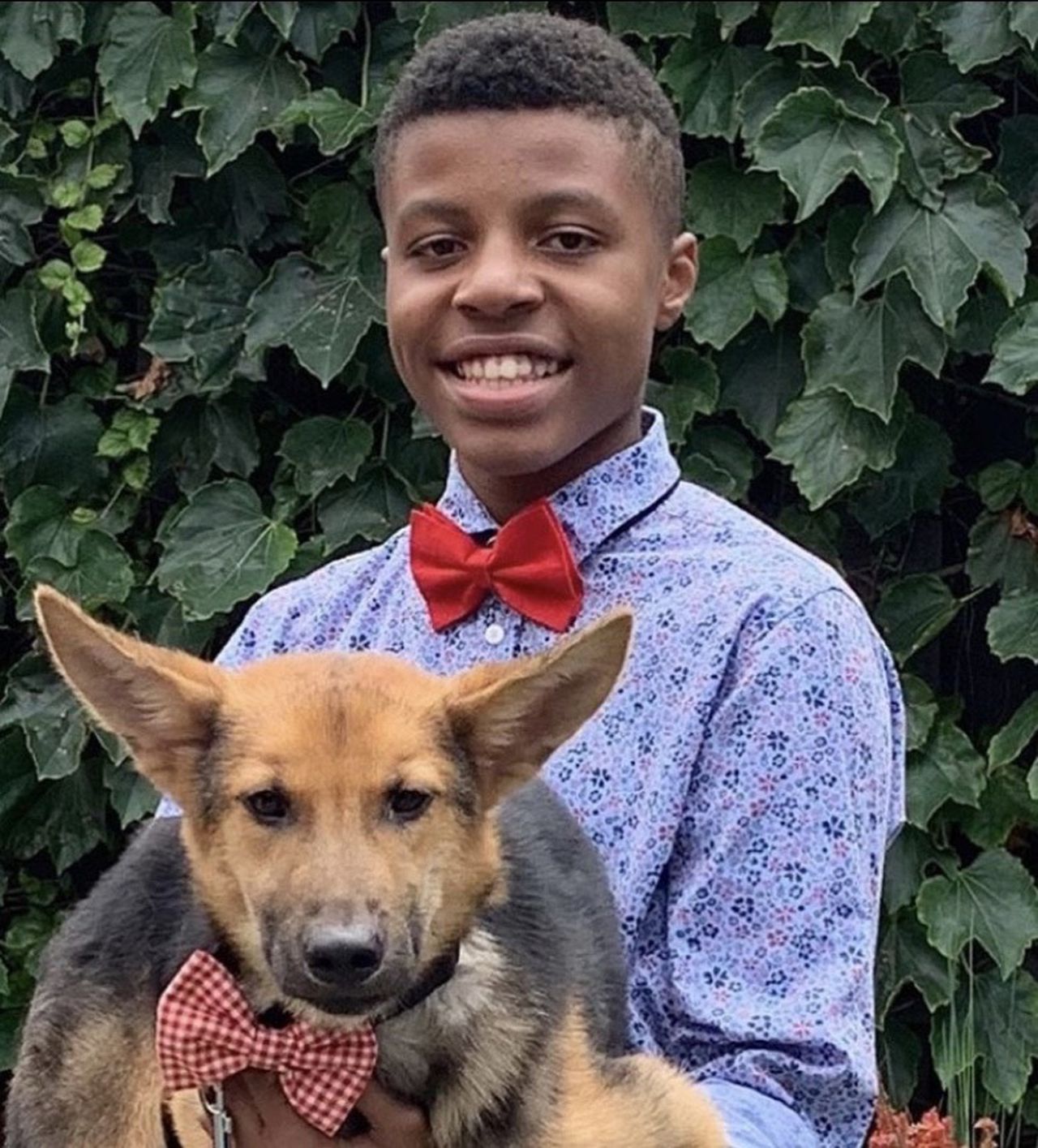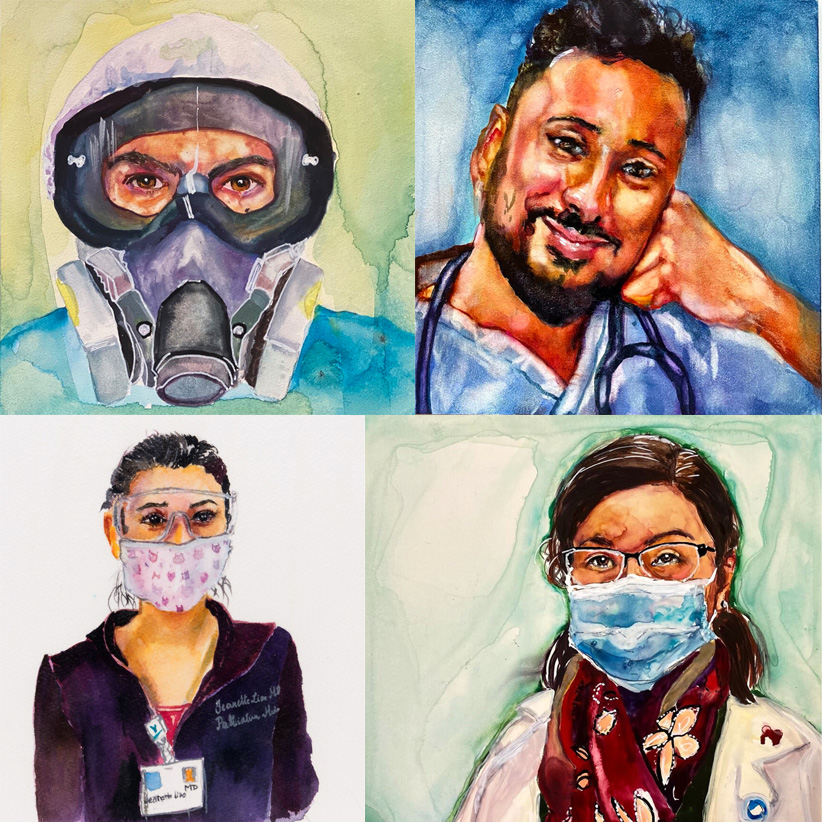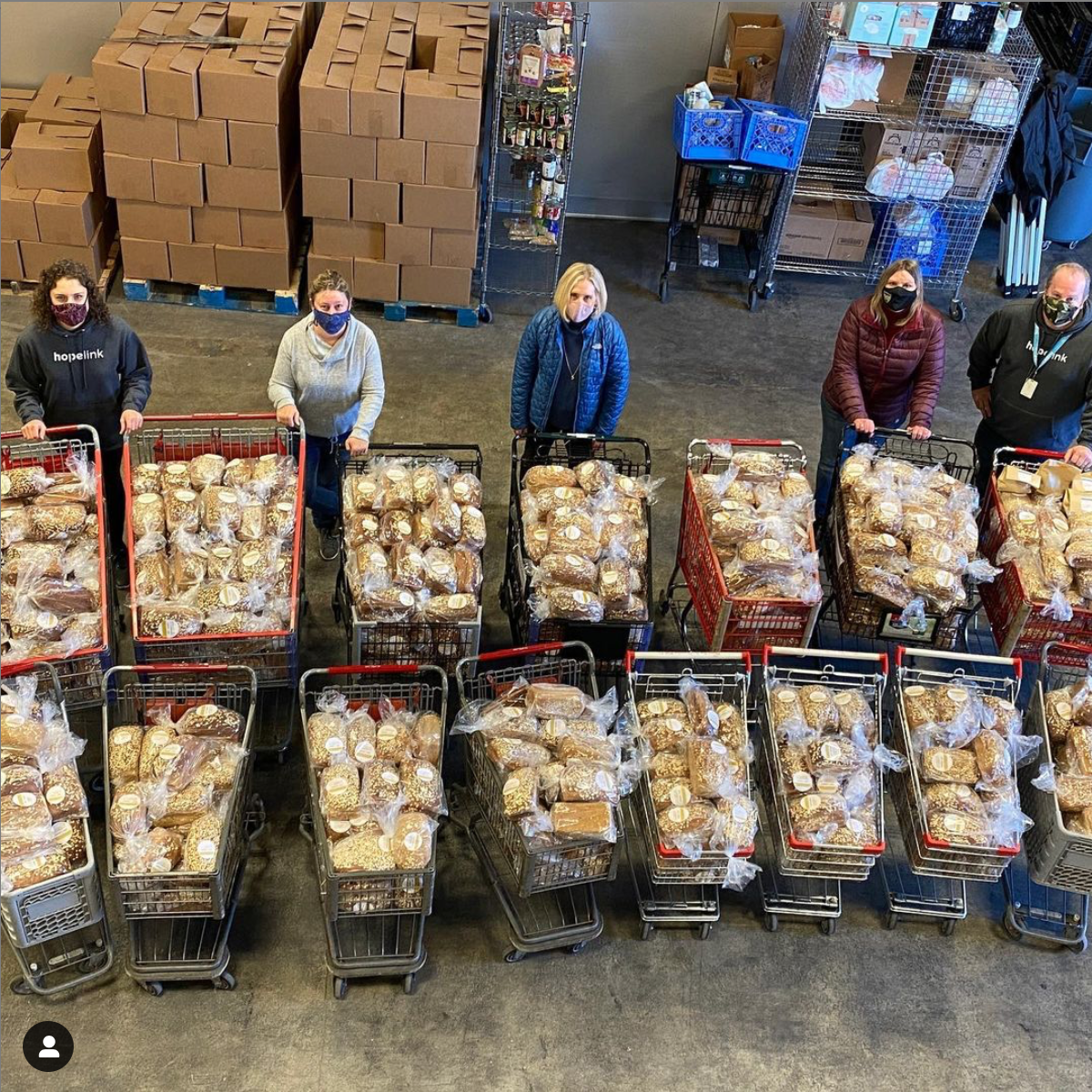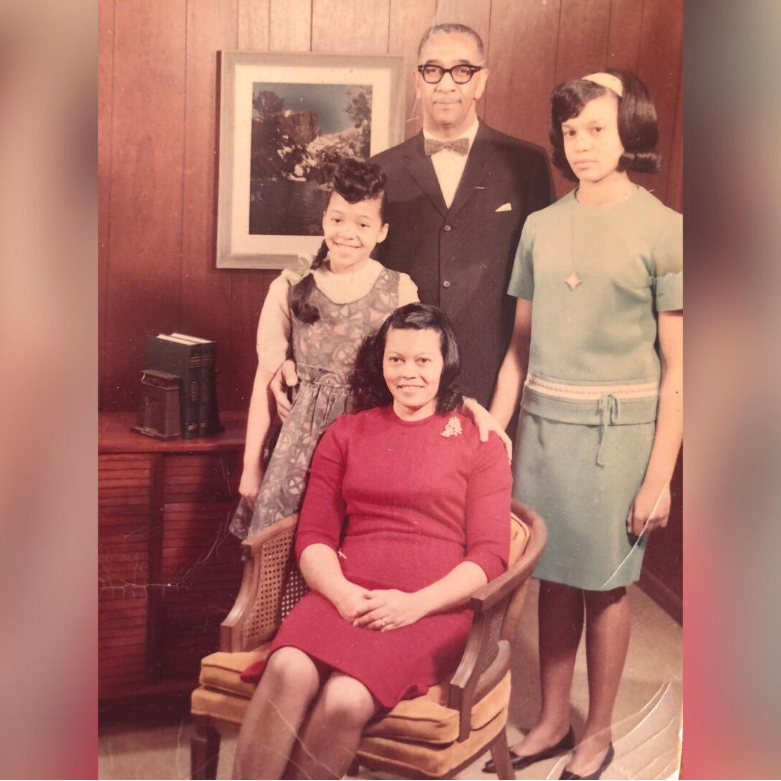Category: Uncategorized
- Stayin’ Alive
- Torri’ell Norwood is a 16-year-old aspiring nurse who took her high school’s CPR training course. In St. Petersburg, she and three others were driving in a car. According to Norwood, she saw a car coming very fast, and “we got hit, we had crashed into a tree.” The teens evacuated the vehicle right before it began to smoke up. As Norwood ran away from the car and looked around, she realized her best friend A’zarria Simmons, 16, was not with her. Norwood ran back to the car, instinctively with no hesitation. Simmons was still in the back seat of the car, unresponsive with a deep head wound. She pulled Simmons out of the back seat, avoiding broken glass from the window. Norwood pulled Simmons from the car, avoiding the glass from the broken window. She put her head to her friend’s heart and checked her friend’s non-existent pulse. Norwood immediately sprung into action, using her CPR training that she had received less than 24 hours ago. Thirty compressions and two life-saving breaths later, Simmons regained consciousness. Paramedics rushed Simmons to the hospital, where she got her forehead gash all stitched up. Simmons said, “I don’t remember the hit or anything about the accident. But when I woke up, I was in the hospital. I was in shock. I was trying to figure out how I got there.” When asked about her heroism, Norwood stated, “I just saw my friend on the ground and knew what I had to do.” Simmons has extreme gratitude for her “bestie.” She completely credits her friend for saving her life. Simmons said, “I just feel like if it wasn’t for her I would have passed.” When asked about her best friend, Simmons also stated, “She will always help any way she can, to help anybody.” Norwood and Simmons say that they are now friends for life. They’ve been friends since the seventh grade and are planning to both pursue careers in the medical field. Their bond is certainly unbreakable after such a life-changing event.
- Chimps Zoom Each Other Everyday To Help Beat The Pandemic Isolation
- It’s a well-known fact that chimps are humans closest relative within the animal world. We have all watched as over the years, different chimps have learned to sign and communicate with humans. Even beyond just basic communication, chimps too possess emotions similar to humans. They feel happy, sad, angry, frustrated. So, given this global pandemic that has been trying on us all, why would the same not go for chimps? Chimps are social creatures, and in an effort not to give these animals COVID-19, many zoos have had to limit their contact with humans and even other chimps. Just as social isolation has been trying on us humans, the chimps are going through something very similar. They are lonely, bored, and confused. To make up for a lack of visitors to the zoo this past year due to COVID restrictions and to raise the chimps’ spirits, two Czech zoo have come together to arrange daily Zoom calls so that the animals can interact and watch each other. "At the beginning they approached the screen with defensive or threatening gestures, there was interaction," said Gabriela Linhartova, ape keeper at Dvur Kralove, 84 miles east of Prague, in a statement to CNN. "It has since moved into the mode of 'I am in the movies' or 'I am watching TV.' When they see some tense situations, it gets them up off the couch, like us when we watch a live sport event." Funny enough, the chimps have begun adopting even more human behaviors through this daily Zoom, grabbing snacks to eat while watching the action on screen. Separate cameras of these Zoom interactions have been airing on the parks’ websites, which run from 8am to 4pm, and will continue until the end of March when the zoo keepers will evaluate if this should continue. Even if the zoos do choose to stop these adorable virtual hang outs, this is a wonderful example of how we often forget just how closely related we are to our animal brethren and the ways in which they too have been touched deeply by this global crisis.
- Teen Makes Bow Ties for Shelter Dogs In An Effort to Help Them Get Adopted
- It all started when he made a Teenage Mutant Ninja Turtle bowtie. Darius Brown, who first learned to sew a bowtie at 8 years old from his older sister, wore this accessory to school, subsequently inspiring many of his friends to ask for one of their own. What started as an innocent interest quickly turned into a hobby as Brown continued to make ties for those who asked for one. It was two years later, in 2017, that Darius discovered another way to put his hobby to good use. Following Hurricane Irma, hundreds of dogs and cats were left homeless in Florida and Puerto Rico. With so many animals in need of a home and so many heart wrenching pictures to look through, Darius decided to help some pets stand out from the pack – literally! What makes for a better picture than an adorable animal wearing a goofy bowtie? With this in mind, Darius dropped of 25-pet-sized bowties to the ASPCA in New York City. His idea worked better than he could have ever imagined. These accessories helped to bring out an animal’s unique personality and draw adopters in. “Animals who wear them get adopted right away because people find them instantly charming,” said Lorri Caffrey, executive director of the Mt. Pleasant Animal Shelter in East Hanover, N.J, to the New York Times. It is estimated that Darius has as donated over 600 bowties to animals in shelters over the last 4 years. He makes around 10 bowties every week now, with each one taking about 15 minutes to complete. Though he does not have a dog himself, Darius gets his “puppy fill” every time he visits the shelter. One day, he hopes to open a foster shelter for dogs and expand his canine accessory line to include sweaters and vests. “A well-dressed dog,” he said. “That will make people smile.”
- Detroit Activist Makes Sleeping Bags for Homeless People
- In a move to bridge sustainability and social justice, Eradajere Oleita is asking people to eat their favorite chips and donate the empty bag. The 25-year-old Detroit resident and environmental activist is making sleeping bags for homeless people in Detroit...using recycled snack bags. Calling it The Chip Bag Project, Oleita tells CNN, "The process is simple: collect bags, cut them open, iron them and then line with plastic.” Oleita got the idea from a video she found of a woman in England making blankets and sleeping bags from recycled chip bags. The foil lined bags provide insulation in addition to being waterproof and lightweight, much like an emergency blanket. When sealed together and lined with foam, the creation has the potential to make a big difference for someone living outside during Michigan’s frigid winters. In a statement to Hour Detroit, Oleita says “I’ve just been doing a lot of work around the city of Detroit, trying to get more people to talk about the connections between environmental justice and social justice, and really pushing on the topic of environmental racism. And that’s really why I wanted to do [The Chip Bag Project].” Community participation is key, as it takes about 150 chip bags to make a single person sleeping bag, and about 320 chip bags to make a two-person sleeping bag. The goal is to make at least 60 sleeping bags, which would take approximately 10,000 recycled bags. To encourage community engagement, The Chip Bag Project launched a website and Instagram page, posting instructions, donation information, and “chip-eating” events. “I want people to think about these things and for our products to come full circle. I have never been shy of humanitarian work because firstly I am...a human,” Oleita tells CNN. There are many ways to support The Chip Bag Project, and you don’t have to live in Detroit to get involved. The grass roots group has created a network for people who want to start local chapters in their hometowns, stating that they understand that there are more communities outside of Detroit that are in need. Joining the network is simple and provides a reliable platform for preserving the integrity of the Project. It ensures that funds and instructional kits are not misused for personal gain or otherwise. In combining her concerns about the environment and passion for humanitarian work, Oleita has found a way to bring communities together through helping other people. And it can be as simple as throwing your empty chip bag in the mail or donation box, rather than in the trash.
- Gary Sinise Starts Mental Health Network for Veterans And First Responders
- We all know Gary Sinise as Lt. Dan in the classic movie Forrest Gump. Fighting in the Vietnam War, his character is determined to die in battle like all of his ancestors, but the caring, slow-witted protagonist, Forrest (played by Tom Hanks) saves him from death much to his dismay. He is left severely disabled and eventually begins to abuse substances, likely as a result of PTSD. Forrest helps to show him he can do much more than he believed he ever could. Though Lt. Dan got that feel-good Hollywood ending we all hope for, many real-life veterans do not. This fact is has not been lost on Sinise, who was nominated for an Academy Award for his touching role as Lt. Dan. Since playing this transformative role, he has been a champion in supporting veterans and first responders who struggle with mental health issues – support that is needed than many realize. It is estimated that 30% of first responders struggle with depression and PTSD and 1 in 3 veterans have suffered with mental health issues and brain injuries since 2001 alone. Over the few years, Sinise has performed in close to 300 support concerts with his “Lit. Dan Band” to assist veterans, first responders, and their families. In February of 2021, he announced that he has launched The Gary Sinise Foundation Avalon Network to help provide transformative care, treatment, and training to vets and first responders struggling with PTSD or substance abuse. Avalon will set up 20 treatment sites around the country to serve thousands of veterans, first responders, and their families. Sinise is partnering with the Co-founders of The Home Depot, philanthropists Bernie Marcus and Arthur M. Blank, who each invested $20 million from their personal foundations to lay the groundwork for The Gary Sinise Foundation Avalon Network. “We’ve lost more veterans to suicide than we have on the battlefields of the Global War on Terror,” said Bernie Marcus. “Our veterans and their families put their lives on the line for us and they deserve the highest level of care available. We’ve found the perfect partner in the Gary Sinise Foundation to scale this idea into a national network that will provide cutting-edge care and improve the quality of life for our nation’s heroes in one of the most critical times in our history.”
- Artist paints over 150 portraits of pandemic first responders
- Jayashree Krishnan started by painting two portraits of her cousins who worked seven days a week at a Michigan hospital throughout the pandemic. It was then that Krishnan made it her mission to honor the front-line workers through her art. The artist told CNN, "Art is wonderful because it gives you an outlet to deal with the anxiety that goes with this pandemic. For me, a year ago I was just painting landscapes and thinking that I needed to find meaning for my artwork. And then this sort of happened." Krishnan’s portraits capture the faces of people who have played an extraordinary role in guiding the country through this devastating pandemic. In most cases, Krishnan can only see her subject’s eyes because their faces are covered with masks and protective shields. She estimates that about half of the time painting a portrait is spent on the eyes alone. "Each person's set of eyes that I have painted so far, they tell their own story," Krishnan told CNN. "My goal was to just capture that emotion." Krishnan is over a year into the project, and feels that it is important now, more than ever, to continue showing support and appreciation for the front-line workers who continue to save lives and offer support to those who have been affected by the virus. The artist is now working on a book, which will include all of the portraits that she painted during the pandemic, along with stories she heard from her subjects during the process. The book can be pre-ordered on Krishnan’s website. All of Krishnan’s portraits have been gifted to the individuals that she painted. There is only one that has not made it into the hands of the subject - a portrait of Dr. Anthony Fauci. Krishnan is hoping to find a way to get his portrait to him, as he has continued to be the face of the pandemic response team since the beginning.
- Rolling Out Relief
- Although the sourdough starter kit trend has passed, more people than ever are baking. While many bake bread loaves for themselves or their family, 500 home bakers are going above and beyond to support their local community. Community Loaves is a Seattle-based charity composed of a coalition of hundreds of bakers with one goal: to provide fresh bread to their local food bank. Katherine Kehrli is at the helm of this initiative. Under her guidance, Community Loaves has donated 1,300 loaves of bread to Hopelink, a Seattle food bank experiencing unprecedented demand due to the pandemic. Kehrli’s specialty is a simple honey oat loaf bread. Other bakers have developed their own bread recipes, adding diversity to their food bank contribution. During Thanksgiving, they made and donated dinner rolls. For Christmas, Hopelink was flooded with holiday cookies. Fresh baked bread is a rare donation, as many people donate only non-perishable foods. These fresh baked loaves are a treat and the patrons of the food bank appreciate it. The director of Hopelink stated, “You can see smiles through masks. You still can. You can see eyes go up. 600, 700 loaves of bread now, that’s 600, 700 smiles.” In addition to helping their community, multiple Community Loaves’ bakers have shared that making bread has been a way to connect with their family. Family members, unable to visit each other, are zooming and baking together. Other people have dusted off old family recipes and been transported back to the kitchen with their grandmas. This project has illustrated a community coming together to do good. As the pandemic separates loved ones, there are still ways to maintain connections. Further, there are still ways to give back and help others. Baking with love really means something, especially now more than ever.
- Green Bay Packers quarterback Aaron Rodgers gives back
- While Aaron Rodgers is one of the best quarterbacks to ever play the game of football, his contributions off the field are just as impactful. Recently, Rodgers announced that he will be giving back to his community by donating $1 million to 80 small businesses in his hometown of Chico and all of Butte County, California.Those 80 small businesses will receive grants to help pay an average of three months’ rent through the Aaron Rodgers Small-Businesses Covid-19 Fund at North Valley Community Foundation in Chico."Small, locally owned businesses are the heart and soul of a community," Rodgers said in a press release. "In the applications and the videos, it was heart-wrenching to hear about all the obstacles facing restaurants and retail establishments. So many of them are struggling just to stay in business but remain hopeful that there's an end to this."Rodgers personally notified nine of the business owners in video calls, which he shared publicly on his Instagram account.
- 15 years after this woman found a family portrait in a used book, she is returning it to its rightful owners
- Victoria Johnson found the half-a-century old photo when she bought the book from a used book store. As a historian and professor at Hunter College at CUNY, she was immediately invested in this family. "I found this picture in whatever book it was and I was just so mesmerized by it," Johnson told CNN. "I just wanted to know who this family was." Part of Johnson’s curiosity stemmed from the time period in which the photo was taken, and the experiences they must have had as a black family in America. "This was a black family and I'm white," said Johnson. "I know they lived different lives from me because this was a picture from probably the 1960s." Realizing the power of social media, Johnson decided to take to Twitter to see if she could find the family. Soon after she posted her tweet, thousands of people united to share her post, hoping to help reunite the picture with the its owner. https://twitter.com/VSJohnsonNYC/status/1363602522632519684 "It was like this huge joint national sleuthing project," said Johnson. Less than 48 hours later, a reply came from the niece of the man pictured. https://twitter.com/ciaogirl9/status/1364275056642244613 Johnson could not believe how quickly she was able to find the family that she had wondered so much about for almost two decades. As came to learn, the photo was taken of Sheldon, Margaret, Valerie and Sharon Sudduth at their home in Topeka, Kansas. The husband and wife have since passed, but the girls currently live in Texas. At age 65, Valerie Sudduth, the youngest daughter in the photo, was shocked to see it after so many years. She told CNN that her father worked at Santa Fe Railroad and was a janitor for 47 years, while her mother was a nurse. "This picture is such a gift, it really is," said Elizabeth Rattray, a cousin to the family. "As a culture, we lose so much, we have lost so much. So any pieces that you can find and validate and verify it just it makes it that much richer."
- Philadelphia 76ers’ star Joel Embiid donates $100,000 to support the homeless
- Embiid is one of the best players in the NBA at the moment, posting 905 points, 348 rebounds, and 41 blocks in the first 30 games of the 2020-2021 season, but it is his devotion to his community off the court that sets him apart from the rest. "So many have fallen on such hard times during the pandemic," Embiid said in a statement released by the team announcing his donation. "I felt it was important to provide more support for individuals and families struggling with homelessness and food insecurity. I'm continually grateful for all of the support that Philadelphia and the fans have given me not just around All-Star but all my years in the league. I will continue to help in any way I can." He has split his donation between Project HOME, Sunday Breakfast Mission, and Youth Service Inc, and the impact that the money will have is staggering. With $100,000, he will provide:
- • 15,000 meals for homeless individuals
- • 4,000 essential clothing items donated to teens and adults
- • Care and treatment of 1,000 individuals receiving the COVID-19 vaccine
- • Support for 30+ formerly homeless families which includes education, health care, and employment
- • Funding for an entire six-week summer camp for 50+ homeless and at-risk youth
- • Shelter and essential needs for over 300 teens facing homelessness
